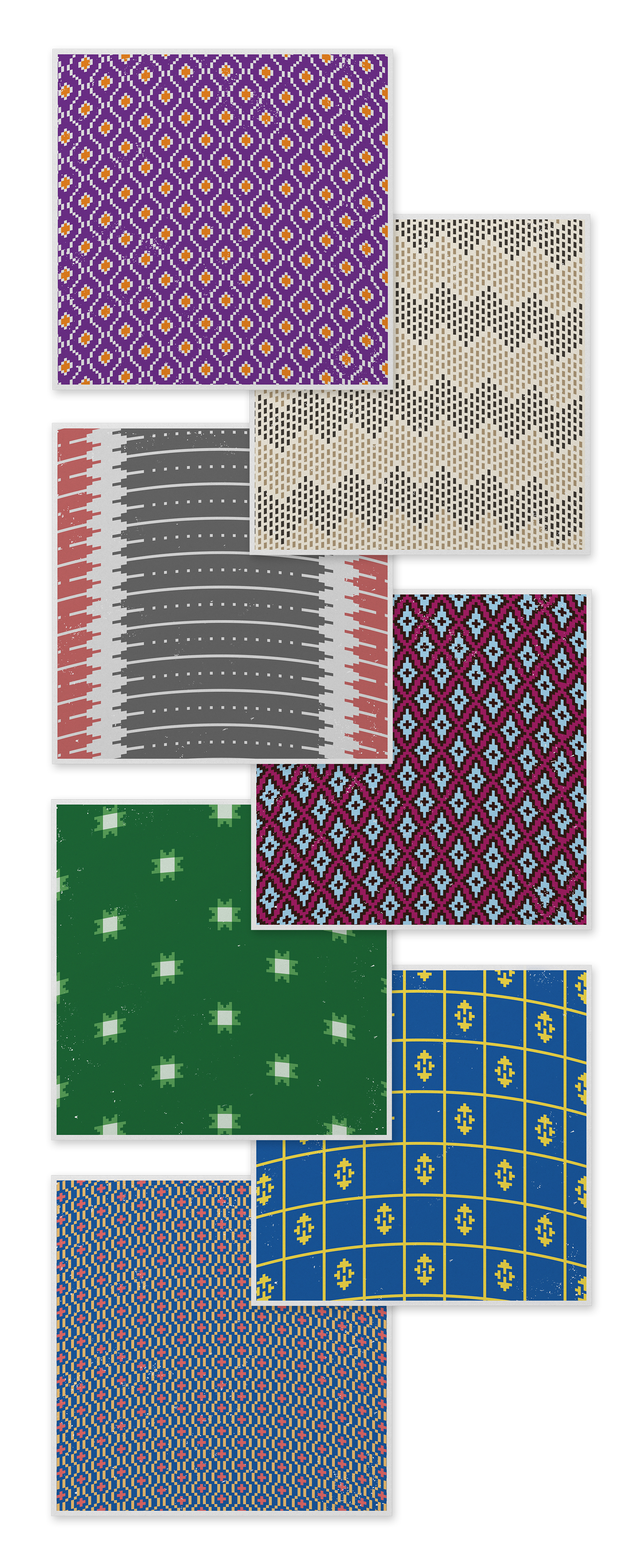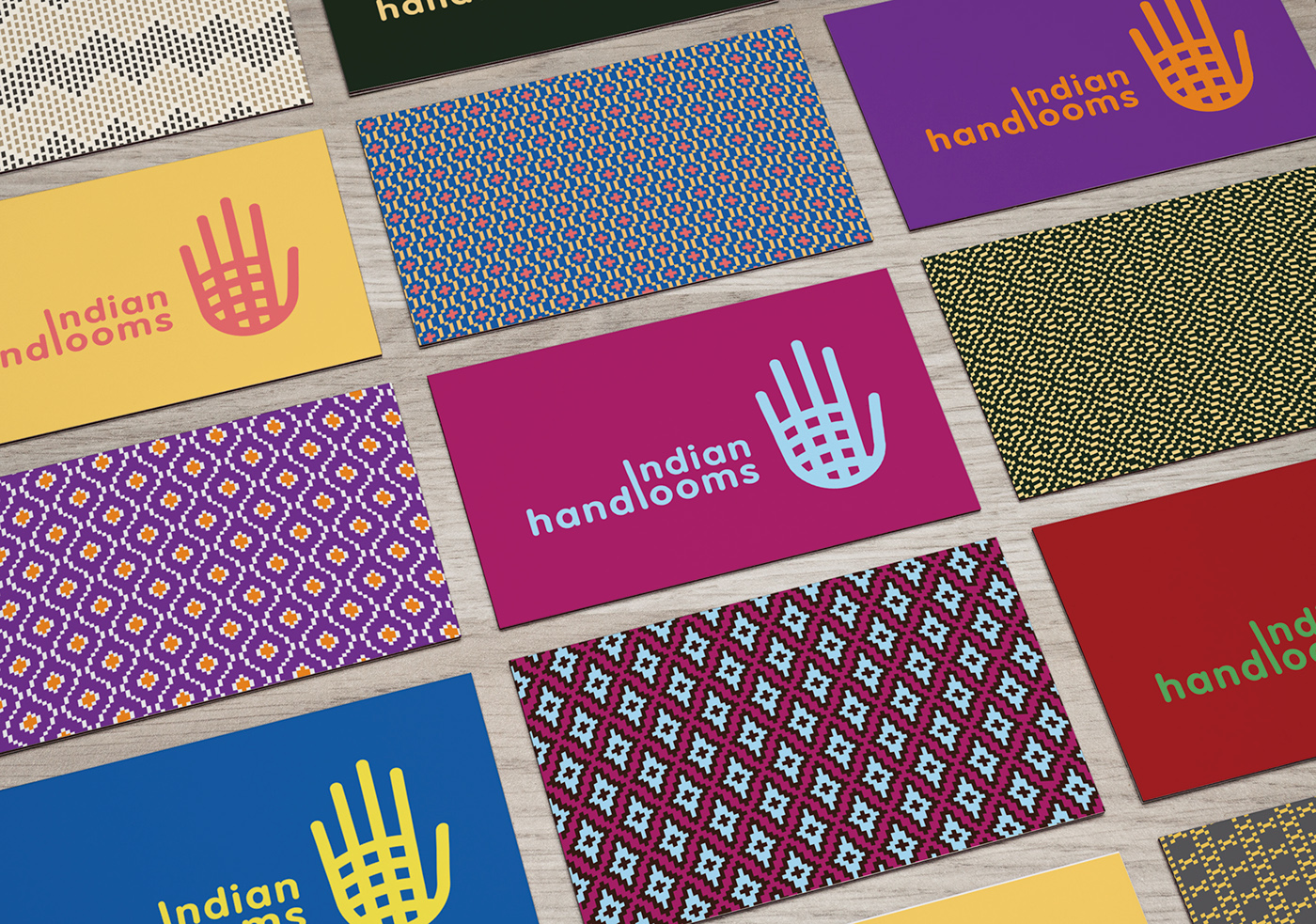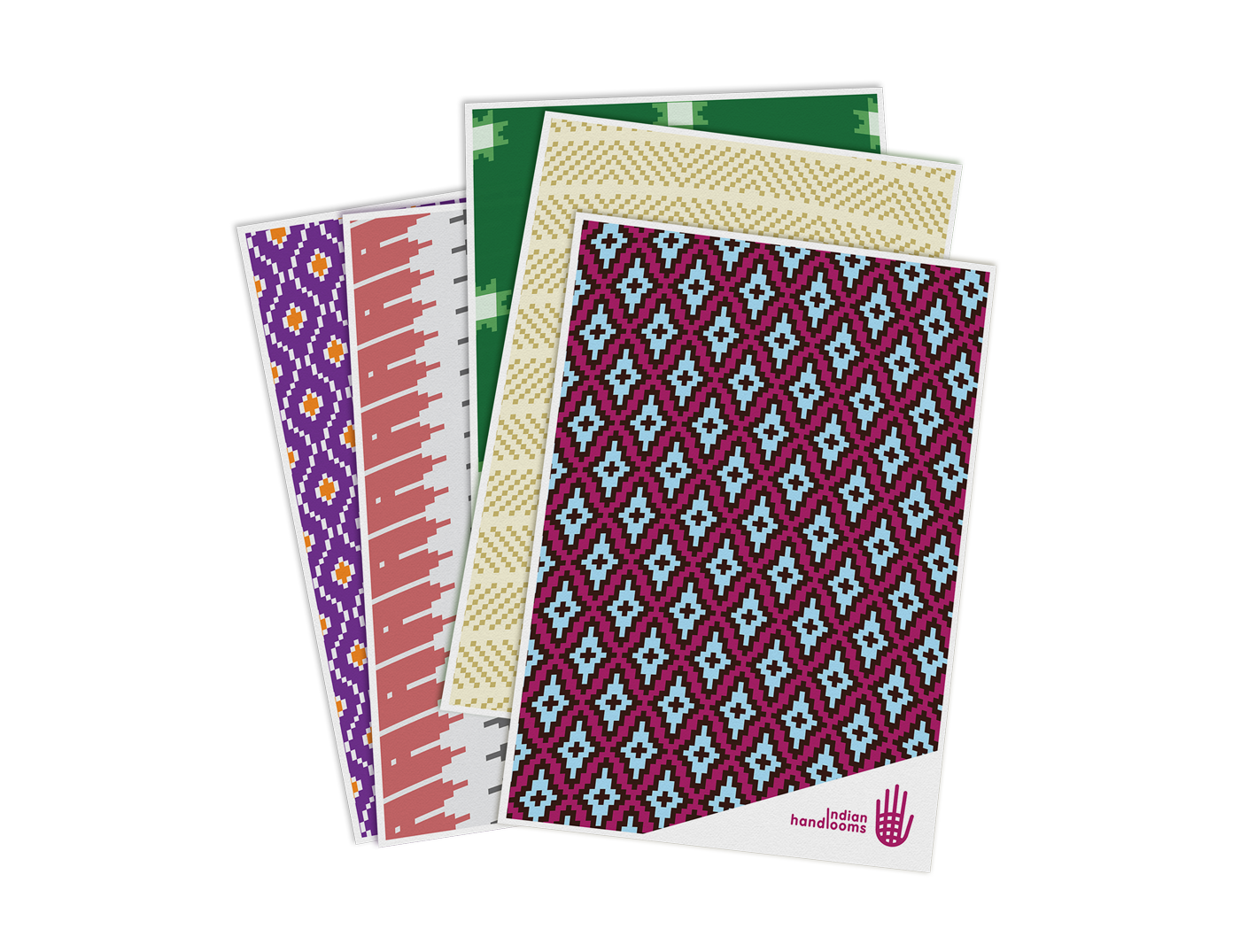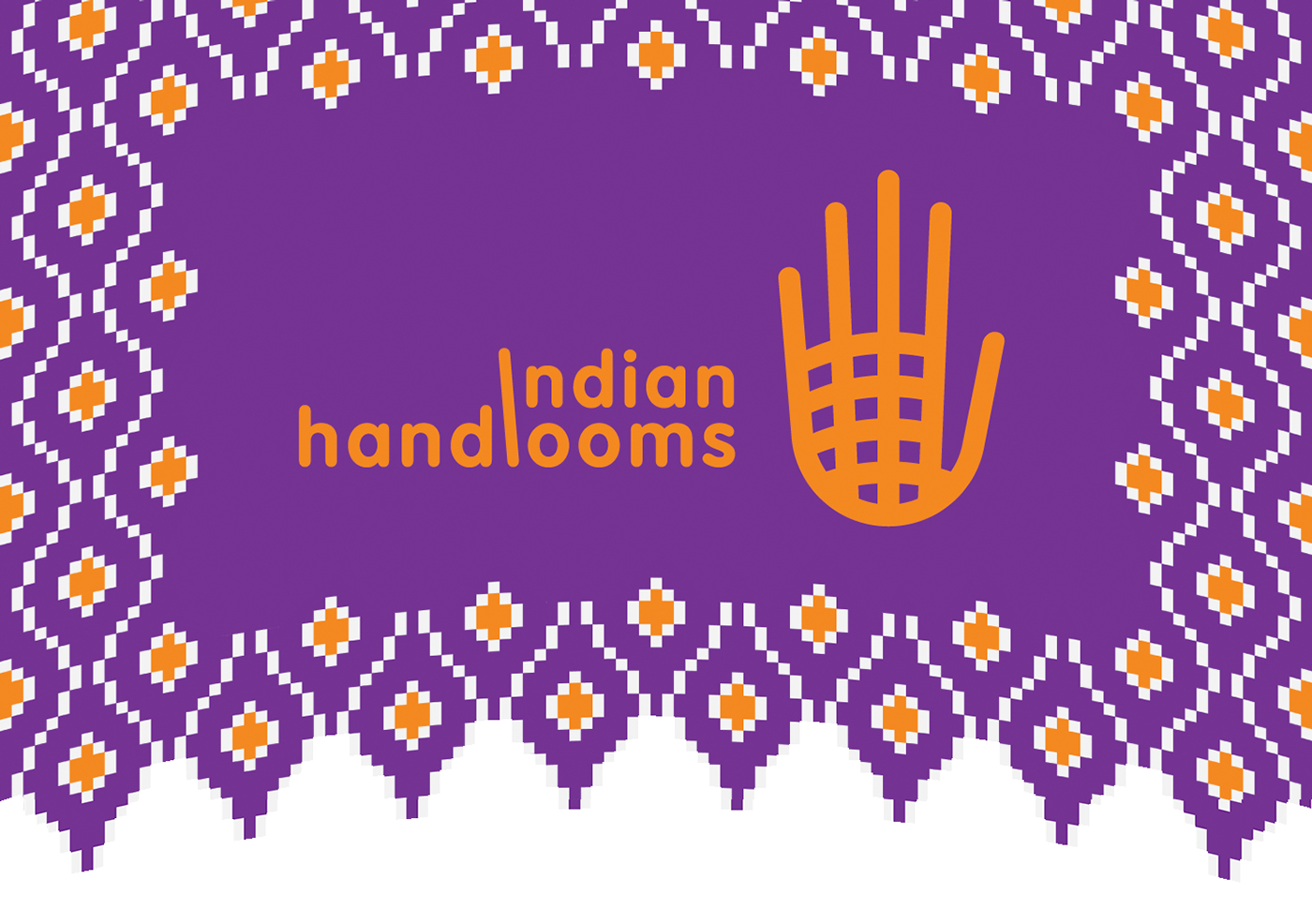
“Handloom can be defined as any loom other than powerloom; and includes any hybrid loom on which at least one process of weaving require manual intervention or human energy for production.”
India has had a long history with handlooms dating as far back as the Harappan civilisation 4000 years ago. It continues to be a hereditary occupation for many weavers in present day India. The Handloom sector makes up to a tenth of India’s total fabric production with a spectacular range of fabric created by weavers across the country.
The invention of the powerloom brought an increasing negative effect on the market share of handloom products. Powerloom accounts for 60% of fabrics produced, works 10 times faster and is considerably cheaper than handloom. But many handloom motifs and patterns cannot be replicated on powerloom. Also, Handloom is sustainable, with a small carbon footprint.
To preserve the age old tradition and protect the livelihoods of over a million weavers, the Indian government is taking many initiatives, one of which is creating a brand called Indian Handlooms. The brand would evolve around high quality, socially and environmentally compliant products that cater to the needs of the high-end consumers.

To create a brand that celebrates the age old Indian craft in a contemporary setting. The brand should reflect the beautifully intricate handmade fabrics created by the weavers. In addition, the logo should share resonance between the existing Ministry of Textiles and Handloom Mark logos.
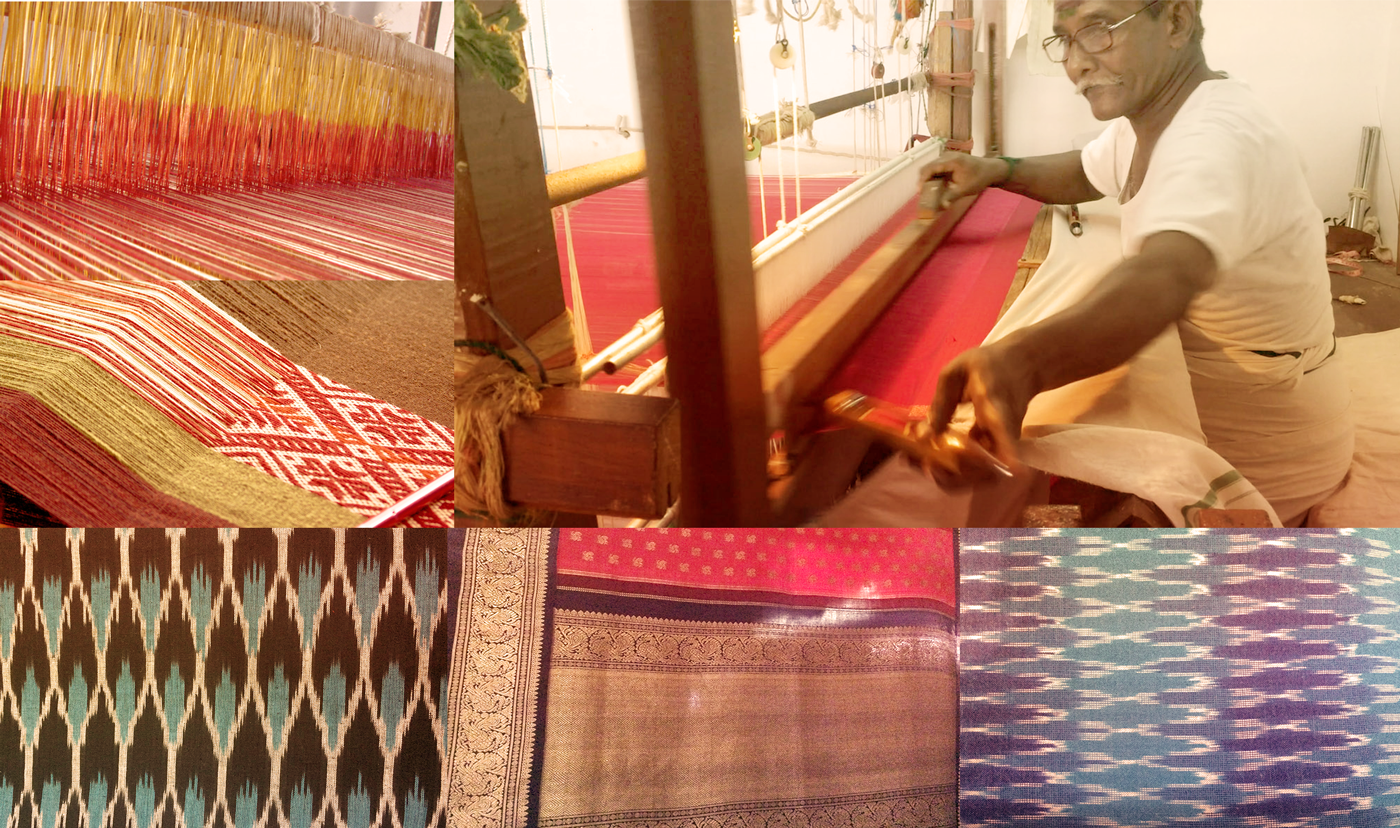


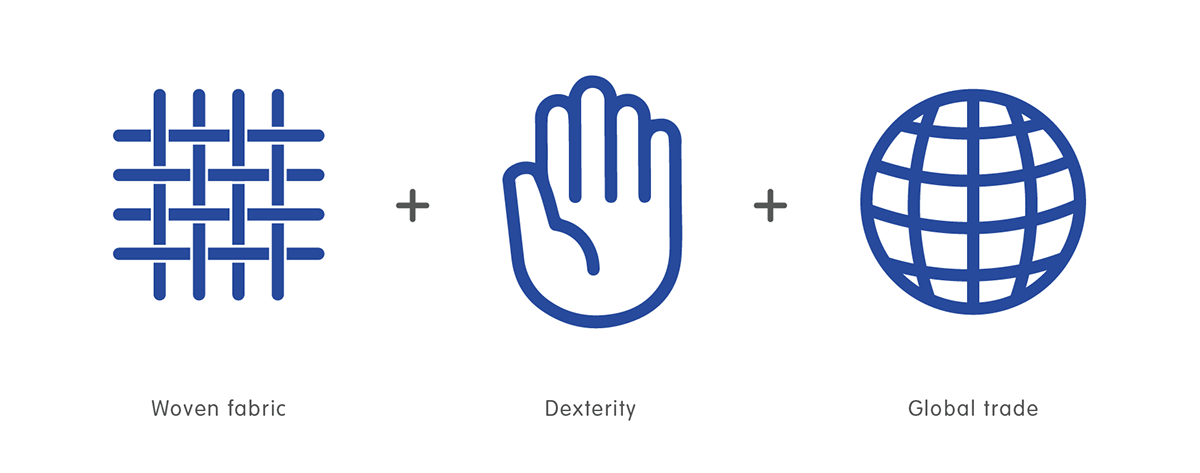

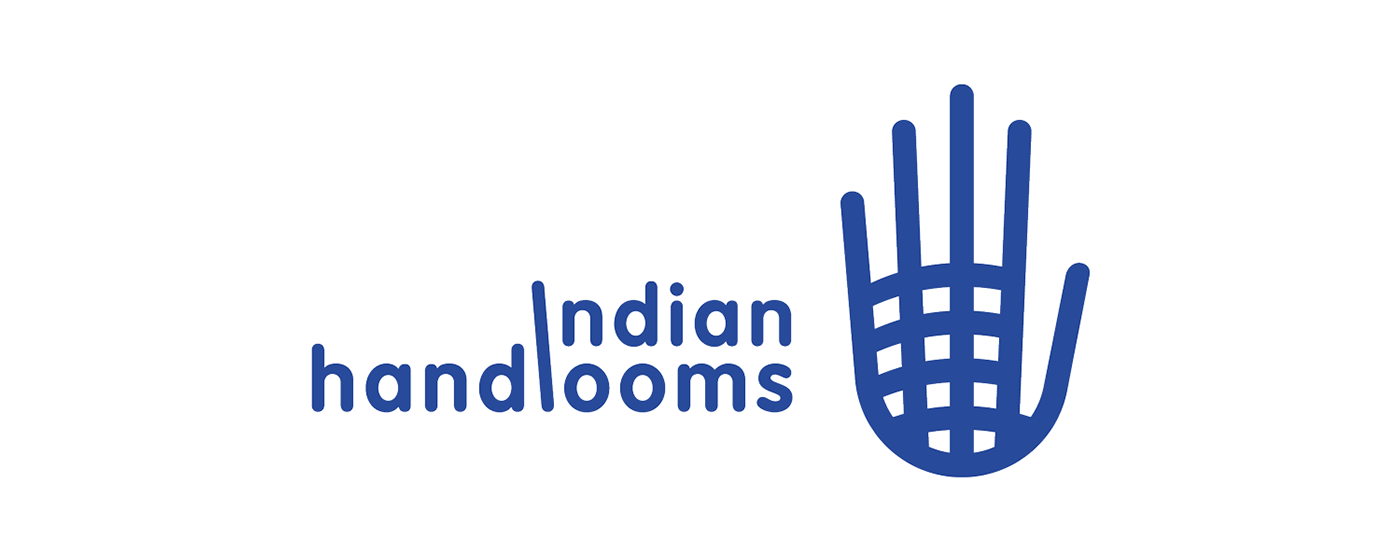

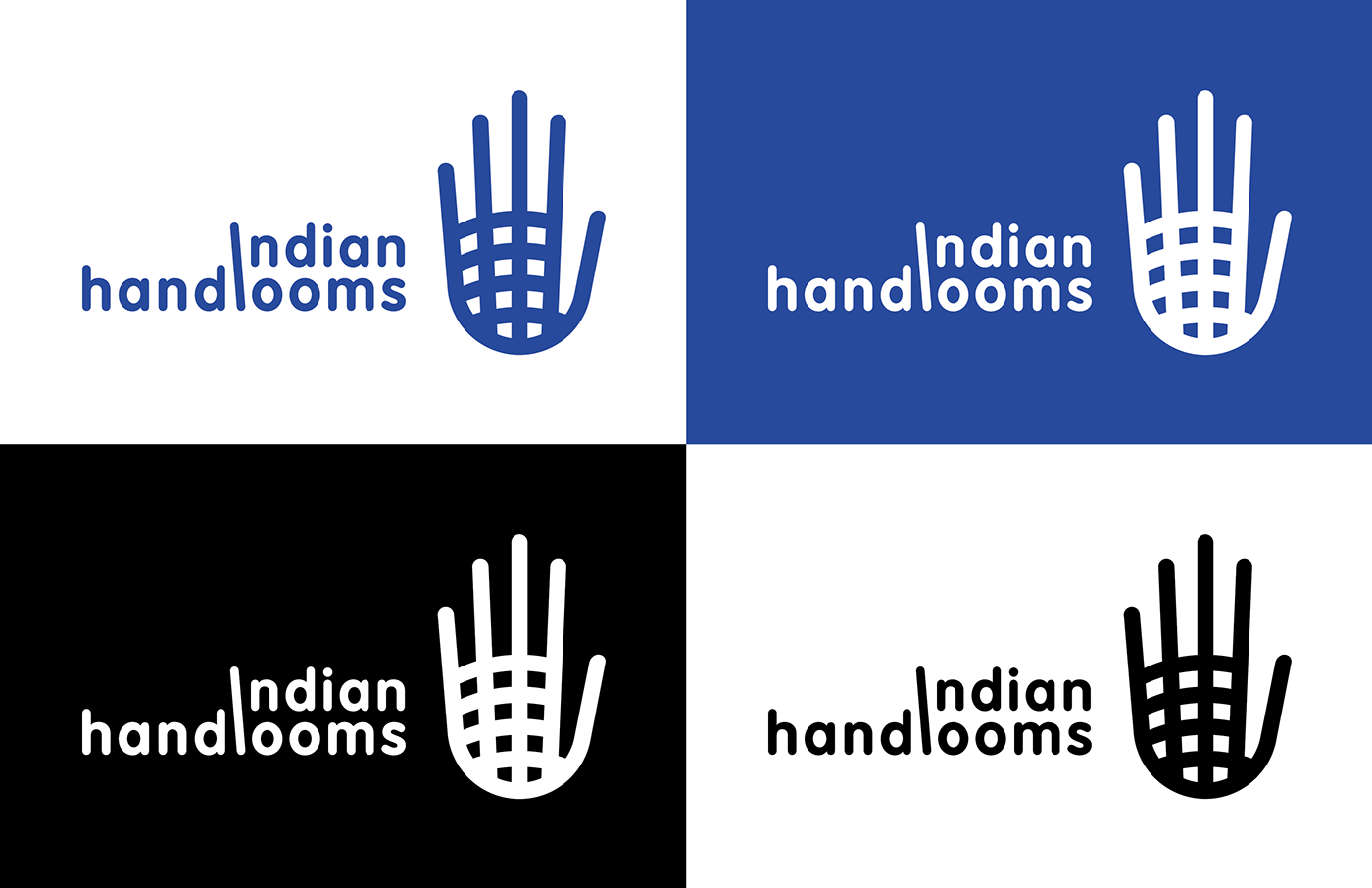

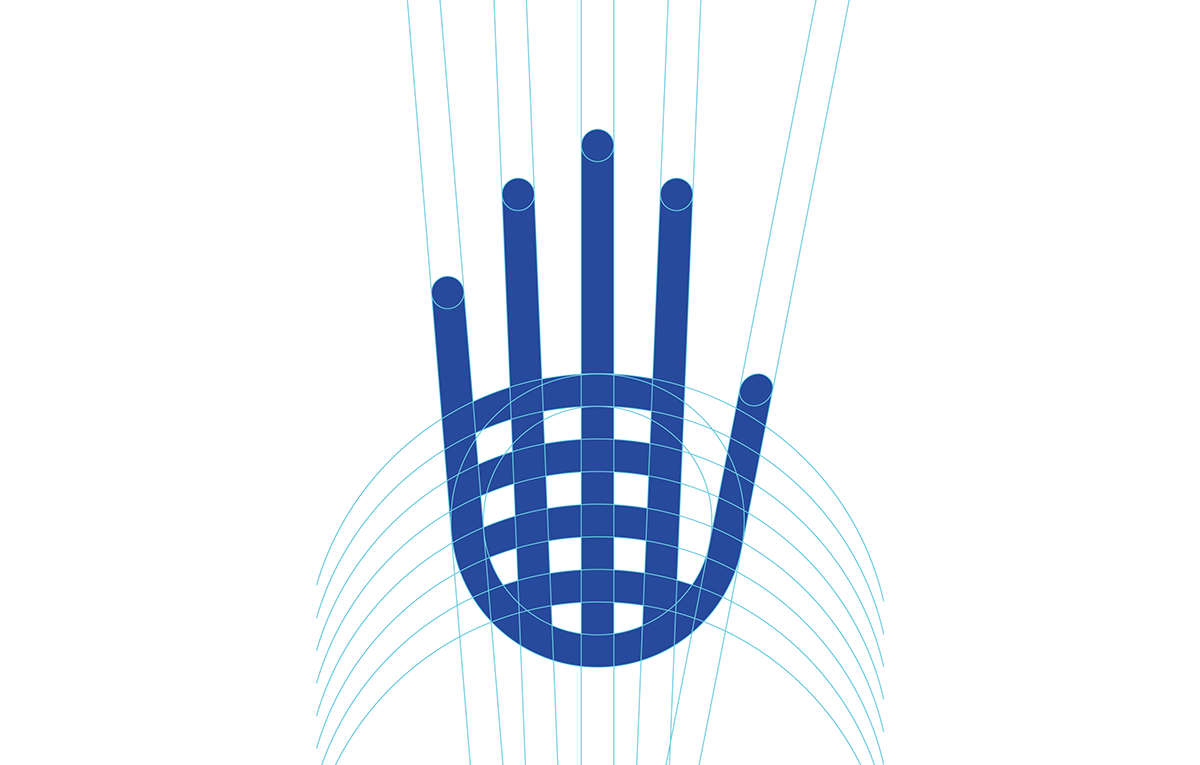
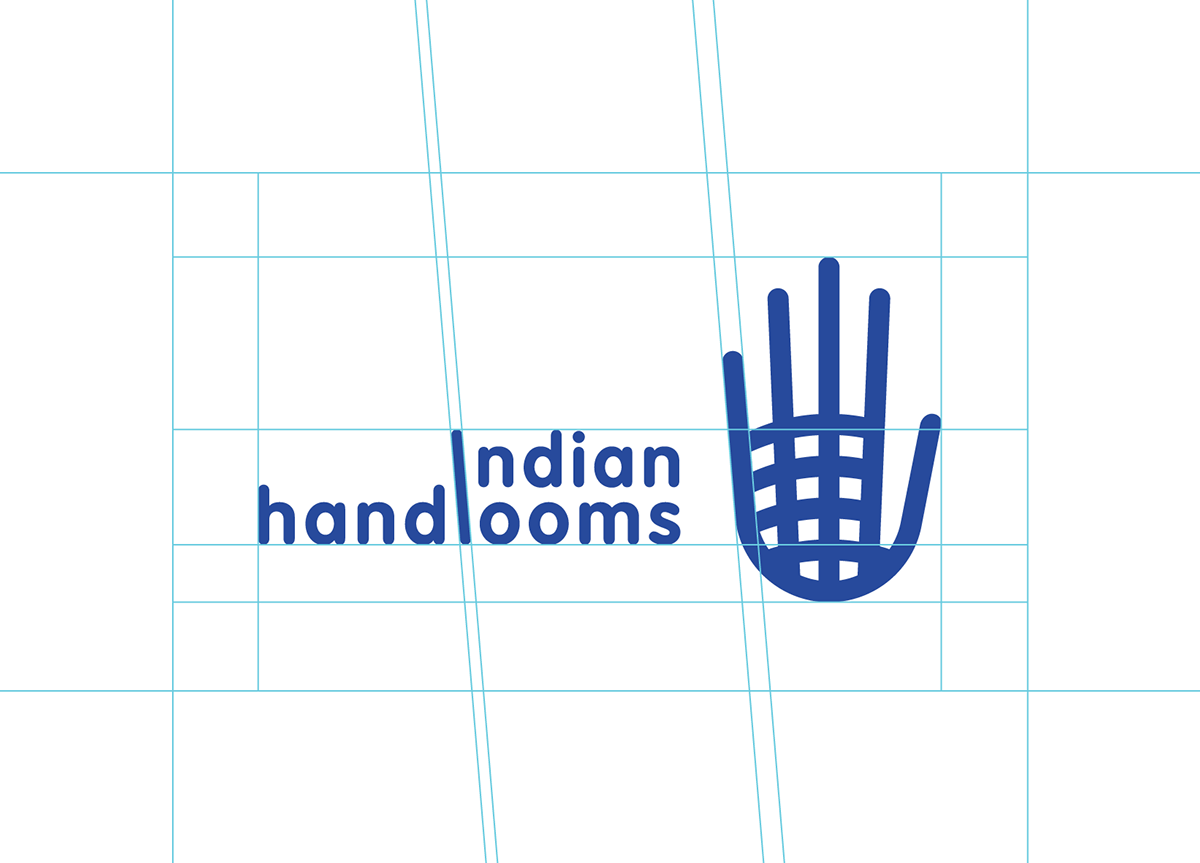

The indian handloom logo has been designed to work with the existing Handloom marks and the Ministry of Textiles logos.

Every handloom sector in India has its own unique aesthetic, especially in its choice of colours. The colours can extend from bright and vibrant, to earthy, to extensively golden. To accommodate these distinctive styles offered by the various sectors, the logo has a growing list of alternate colours; each one representative of the respective sector.

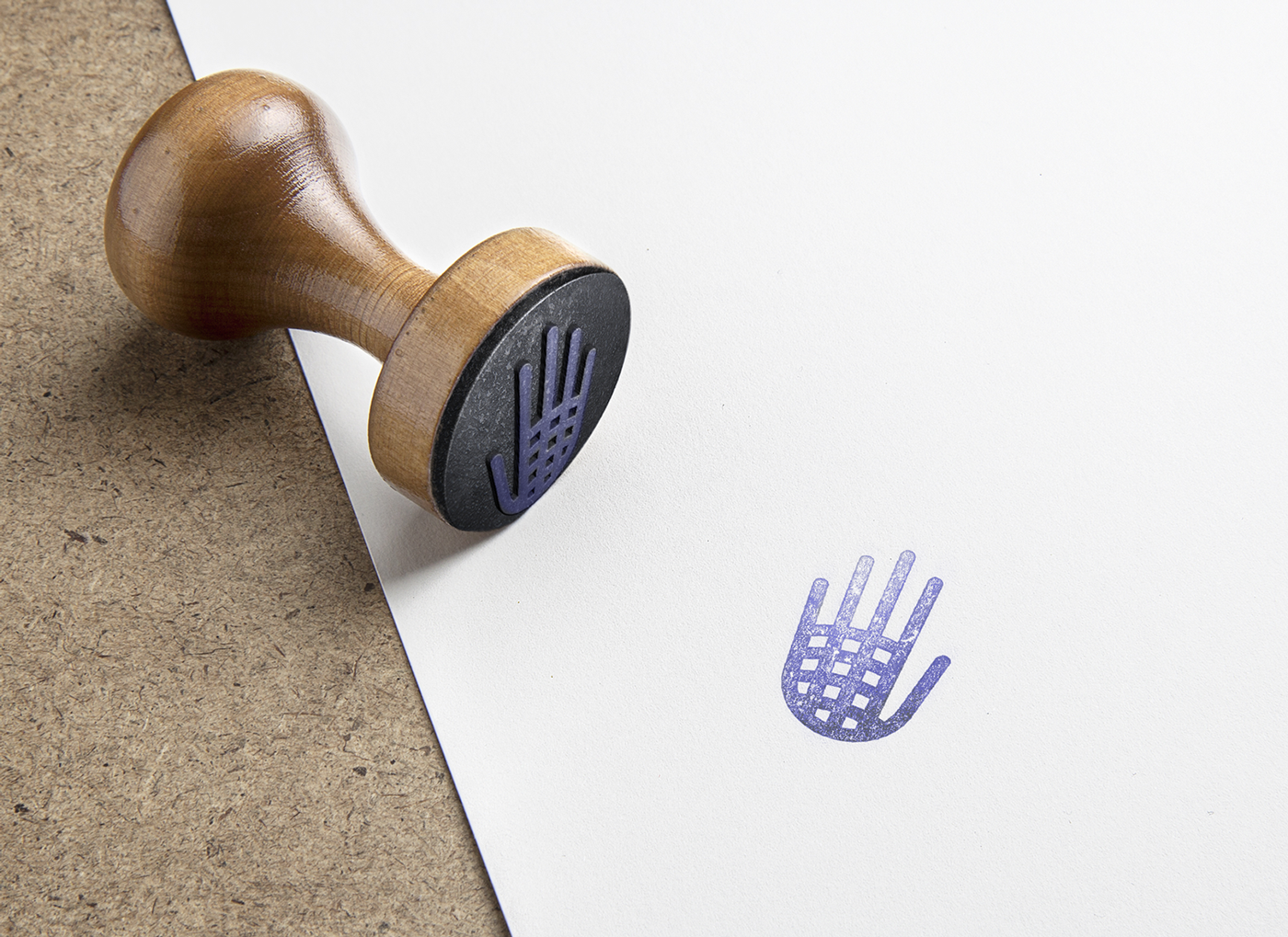

Since the fabric is made by hand, it can have an endless array of intricate patterns; which seldom can be replicated on a powerloom. While designing a new sari, weavers would first create a to-scale painting of the design on paper. They then dye and position the warp and weft threads in accordance of the design.


The pattern grid is created by the intersection of the warp and the weft threads. The slight downward curve of the logo has been incorporated into the weft lines; to maintain the visual language.

